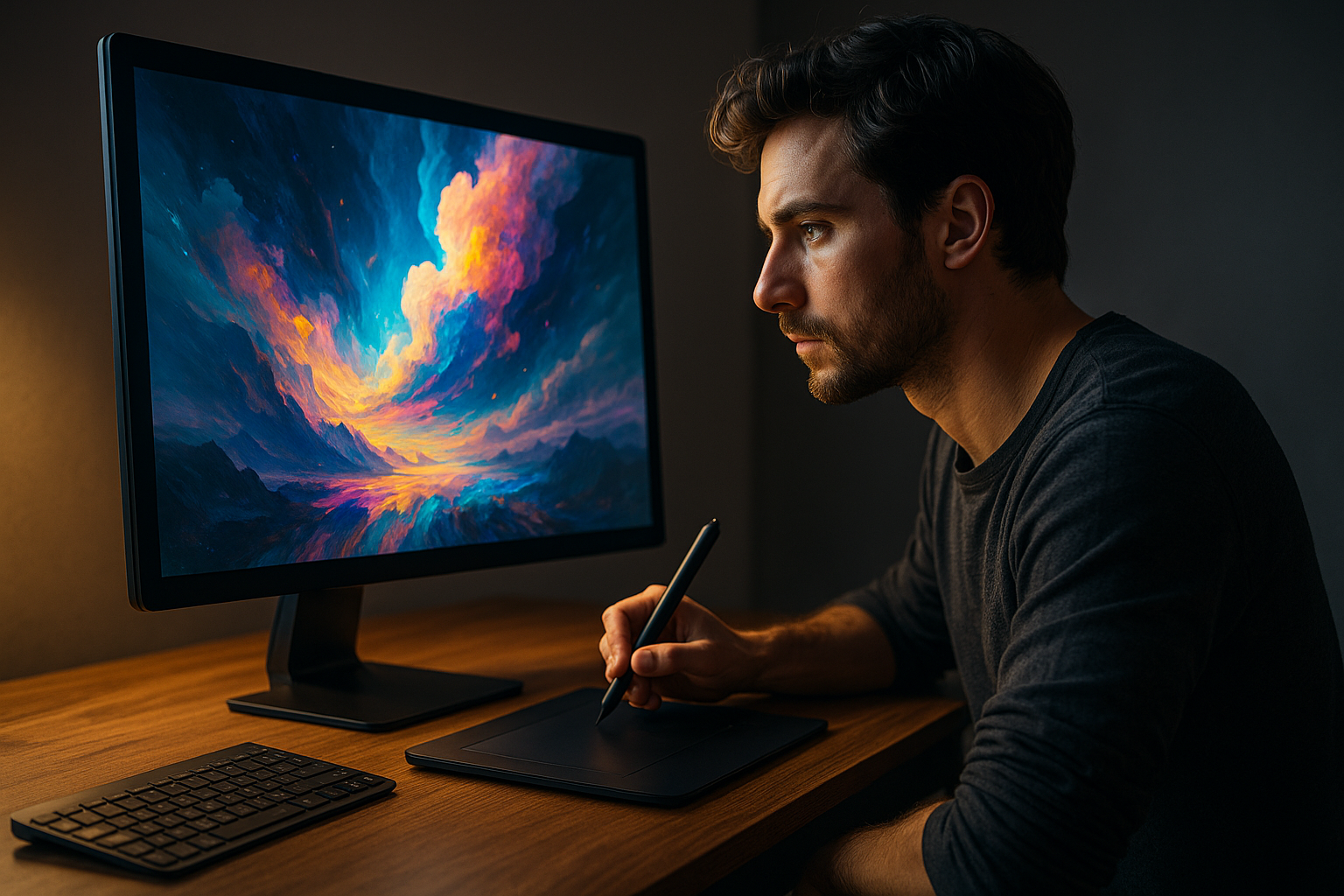Interpreting the Aesthetic Shift: The Transcendence of Digital Art
Introduction: The digital age has seen the birth of a new form of artistic expression – digital art. It's a captivating world of creativity, shattering traditional boundaries and redefining the artistic landscape. This article delves into the history, present impact, and potential future of this fascinating genre.

From Canvas to Screen: The Emergence of Digital Art
In the latter half of the 20th century, as technology grew leaps and bounds, so did the artistic world. The advent of computers and digital technology introduced a new medium for artists to explore. The early pioneers of this movement began experimenting with digital tools, producing art that was unique and unprecedented. It was a significant departure from traditional art forms, utilizing software and hardware to create and manipulate images.
The Ascendancy of Digital Art in Contemporary Times
Fast forward to the present, digital art has infiltrated every aspect of our culture. From graphic design and advertising to music and film production, the influence of digital art is far-reaching. It’s a dynamic genre, continually evolving and adapting to the latest technological advancements. The rise of social media platforms has also played a critical role in popularizing digital art, allowing artists to share their work with a global audience and creating a vibrant, connected community of digital artists.
The Impact: Redefining Artistic Expression
The impact of digital art on our society and culture is profound. It’s not just a new medium; it’s a revolutionary form of creative expression. It has democratized art, making it more accessible to a broader audience. People from all walks of life can now participate in the creation and consumption of art. It has also challenged our perception of art, pushing the boundaries of what can be considered art and how it can be produced.
The Reception: A Mixed Bag of Praise and Criticism
Like any revolutionary movement, digital art has been met with a mix of praise and criticism. While some laud it for its innovation and accessibility, others critique it for its perceived lack of authenticity and depth. However, the critical discourse surrounding digital art only serves to enrich its evolution, fostering a more nuanced understanding of its value and potential.
The Future: A Promising Horizon for Digital Art
With advancements in technology such as virtual reality and artificial intelligence, the future of digital art looks promising. Artists will continue to explore these technologies, pushing the boundaries of what can be achieved with digital art. The potential for immersive, interactive experiences hints at a future where art is not just something to be observed, but something to be experienced.
Digital art represents a significant shift in the landscape of creative expression, challenging traditional notions of art while providing a platform for innovation and inclusivity. As we continue to navigate the digital age, it’s clear that digital art will continue to shape our cultural narrative and redefine our understanding of art.




